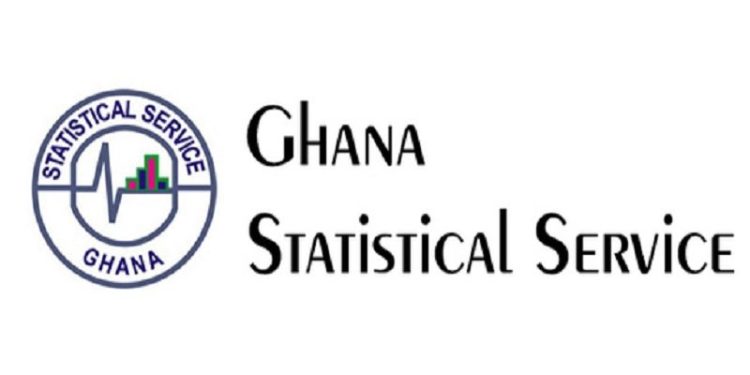The Ghana Statistical Service (GSS) Producer Price Index (PPI) update today, December 21, revealed the year-on-year inflation rate at factory gate prices for all goods and services was 78.1% in November 2022.
The monthly change rate was 10.8%.
The Producer Price Index (PPI) measures the average change over time in the selling prices of goods and services as received by domestic producers.
Prices collected for the computation of PPI are known as factory gate prices, which are the prices firms assign to their products.
These prices exclude sales and excise taxes, government subsidies other costs incurred by other intermediaries and consumers
The rate of Producer Inflation is the relative change in PPI between periods.
The data also revealed that the provisional real Gross Domestic Product (GDP) in volume terms was estimated to have increased by 2.9% in quarter three (July to September) of 2022 compared to the same period in 2021.
When seasonally adjusted, Ghana’s real GDP increased by 0.7% in quarter three (July to September) of 2022; 0.3 percentage points lower than what was recorded in quarter two (April to June) of 2022.
The Mining & Quarrying, Information & Communication, Education, Crops, and Fishing sub-sectors were the main drivers of GDP growth for the third quarter of 2022.
Main sub-sectors with more than 10 percentage expansion in quarter three of 2022 are:
1. Information & Communication (18.4%)
2. Mining & Quarrying (14.9%)
3. Education, (10.2%)
Nine sub-sectors contracted in quarter three of 2022. These are:
1. Professional, Administrative & Support Service activities (-12.1%)
2. Other Personal Service Activities (-8.6%)
3. Manufacturing (-7.4%)
4. Construction (-7.0%)
5. Real Estate (-6.6%)
6. Hotels & Restaurants (-6.4%)
7. Trade (-2.4%)
8. Electricity (-3.9%).
9. Water (-3.0%)
GDP growth is the main indicator of economic performance.
There are three approaches used to measure GDP: the output approach, the expenditure approach, and the income approach










Discussion about this post